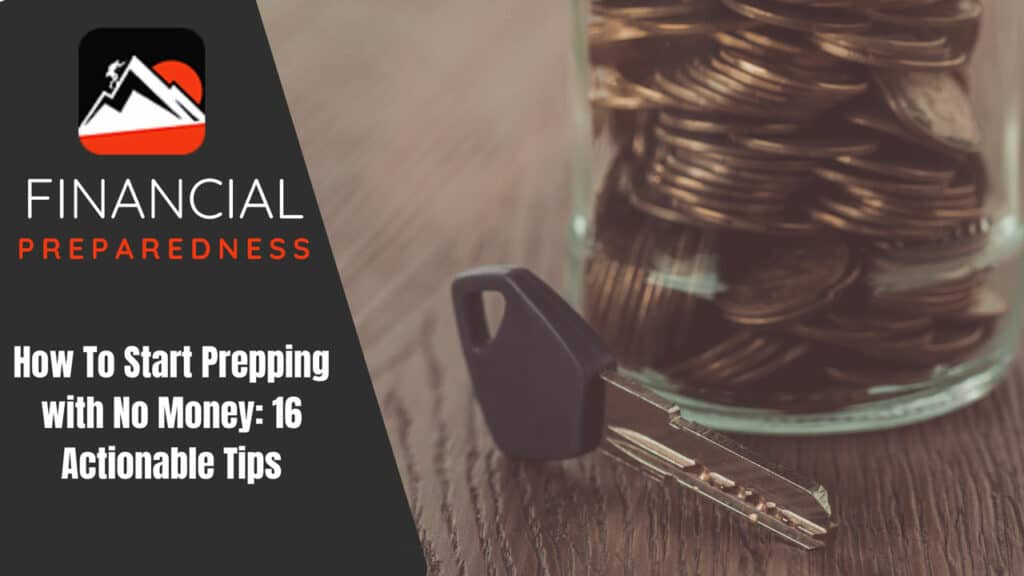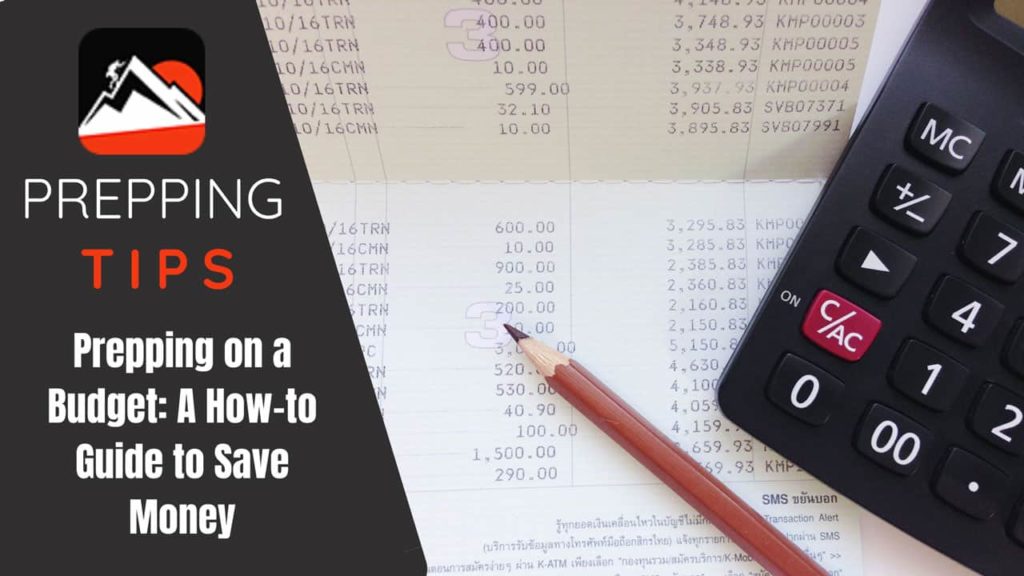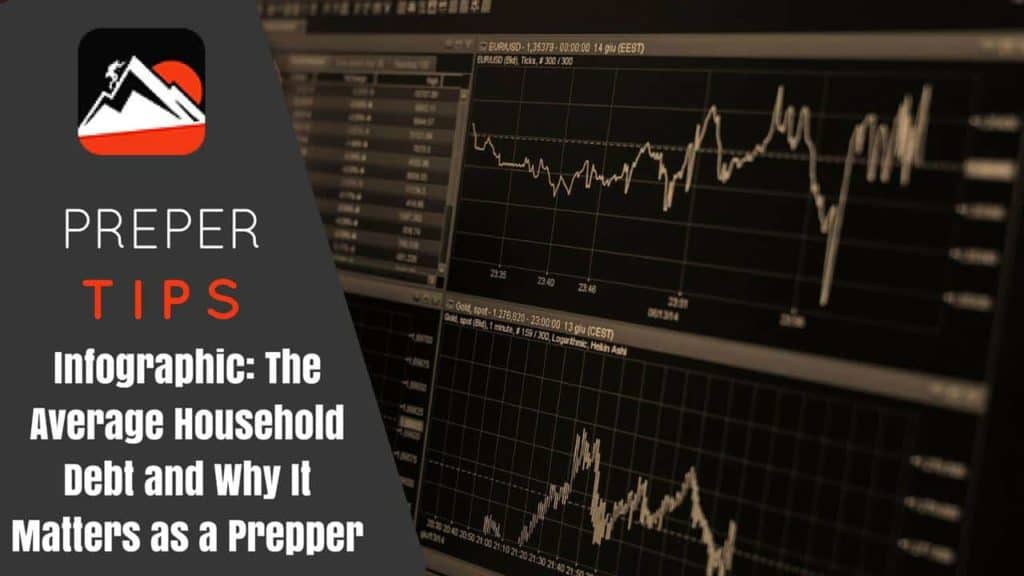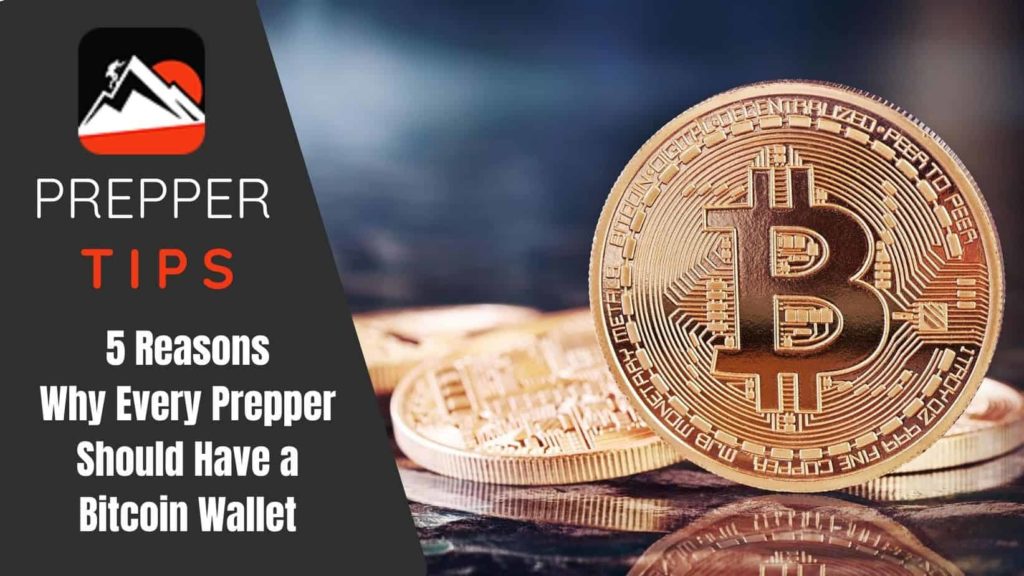Contents
So, you want to start prepping, but you don’t have any money? Well, you’re not alone. Many people think they need a lot of money to start prepping, but that’s not the case. There are plenty of ways to reduce your costs and even make extra money to help you get started.
Prepping doesn’t have to be expensive. With a little planning and some creativity, you can start prepping on little to no money. So don’t let the cost of prepping discourage you from being prepared. Instead, start small and work your way up to a more comprehensive plan. Soon, you’ll be ready for anything that comes your way.
Below are 16 tips to start prepping with no money:
1) Reduce Costs and Try to Use Your Free Time to Earn Some Extra Money
First, try to reduce your costs by cutting back on non-essential expenses. This will free up some extra money you can use to buy supplies.
Second, use your free time to earn some extra money. You can do this by taking on odd jobs or doing some freelance work. Once you have a little extra money, you can start buying things like food, water, and first aid supplies. With a bit of planning and preparation, you can be ready for anything.
One of the most important things is to make sure you have a realistic budget. This will help you figure out how much you can realistically afford to spend on prepping supplies.
2) Get Out of Debt
If you’re trying to get your finances in order and don’t have a lot of extra money to put towards prepping for an emergency, that’s okay. You can still take steps to get yourself and your family ready for a potential crisis.
One of the best things you can do is work on getting out of debt. This will free up more money in your budget for supplies and other preparedness measures. In addition, getting out of debt will reduce your financial stress and make it easier to weather an emergency if one does occur.
So if you’re starting from scratch, don’t let a lack of funds stop you from taking steps to protect yourself and your family. Instead, focus on getting out of debt so you can be in a better position to handle whatever comes your way.
3) Develop a Survival Plan for Your Family
Developing a comprehensive survival plan for your family can seem daunting, but it is essential to ensure the safety of your loved ones in the event of an emergency. The first step is to define your priorities and goals. What are the most important things you need to do to keep your family safe? Make a list of these items and rank them in order of importance. Once you clearly understand your priorities, you can begin to develop a plan to address each one.
If you live in an area that is prone to natural disasters, such as hurricanes or earthquakes, you will need to make sure that you have a plan for evacuating your home and keeping everyone safe. Practice evacuation drills with your family so that everyone knows what to do and where to go if you have to leave in a hurry. Having an emergency kit ready can also be helpful; make sure to include items like food, water, first-aid supplies, and warm clothing.
It is also important to have a plan for communicating with your family if you are separated during an emergency. Choose a designated meeting place where everyone can go if you get separated, and make sure everyone has the same meeting place in mind. It can also be helpful to choose an out-of-town relative or friend who can serve as a point of contact for checking in after an emergency.
By taking the time to develop a survival plan, you can give yourself peace of mind knowing that you have taken steps to protect your family in the event of an emergency.
4) Check Out for Gaps in The Security and Safety of Your Home
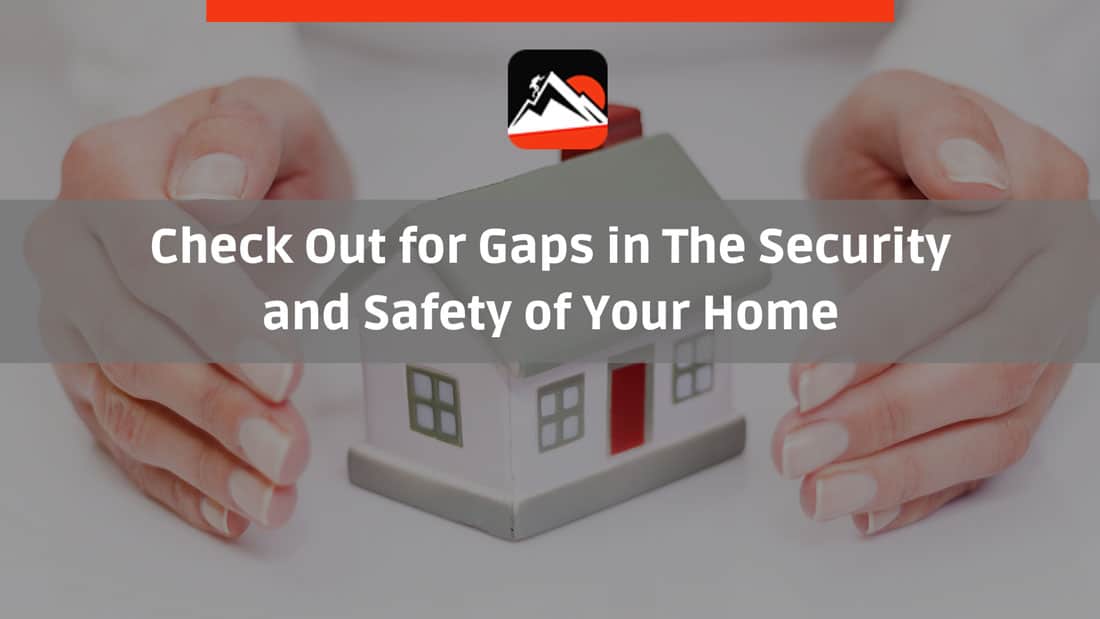
As you prepare for an emergency, it’s important to consider the security and safety of your home. Take a walk around your property and look for any potential gaps that could allow someone to enter. If you have a fence, ensure it’s in good repair and has no holes or weak spots.
Keep your doors and windows locked, and consider installing security systems or cameras if you can afford it. In addition, pay attention to any vulnerable areas, such as dark corners or bushes where someone could hide.
5) Do an Inventory and Check Out for Items in Your House that Can Be Used for Preparedness
Start by taking an inventory of your house’s food and water. This includes non-perishable items like canned goods and dry goods, as well as perishable items like milk and cheese. If you have a stockpile of emergency supplies, now is the time to check the expiration dates and restock anything expired.
Next, take a look at your first-aid supplies. Check to see if you have everything you need, and replenish any items running low.
Finally, take stock of any tools or other supplies that could come in handy in an emergency. This might include flashlights, batteries, and a basic tool kit.
6) Focus on Developing Useful Skills
One way to increase your chances of survival in an emergency situation is to focus on developing useful skills. Hunting, fishing, gardening, woodworking, electricity, and first aid are all skills that could come in handy if you find yourself in a difficult situation. Learning how to do things for yourself is empowering and can give you the confidence to face whatever challenges come your way.
Of course, no one knows precisely what they would do in an emergency until they’re actually in one. But by learning how to do things like start a fire or hunt for food, you’ll be better prepared to handle whatever comes your way.
- Learn woodworking for free here
- Learn first aid Here
- Learn gardening here
- Learn how to fix electronics here
7) Work on Your Fitness Condition
Emergencies can happen at any time, and it’s essential to be prepared physically and mentally. One way to be prepared is to work on your fitness condition. This means being able to handle whatever physical challenges an emergency might present.
If you’re physically fit, you’re more likely to be able to stay calm and think clearly in an emergency. You’ll also be better able to carry out any necessary tasks, whether evacuating a building or providing first aid.
Of course, there’s no way to know exactly what an emergency will entail, but by staying fit and active, you can give yourself the best possible chance of coming through it safely.
8) Be Part of a Community of Like-Minded People
When preparing for emergencies, it can be helpful to be part of a community of like-minded people. Working with others who are also preparing for disasters can make the process less daunting and more enjoyable. It can also help to share resources and ideas and to have someone to turn to for support.
There are many ways to find such a community, including online forums, meetups, and Facebook groups. If you’re not sure where to start, a quick internet search should turn up plenty of options.
9) Learn How to Fix Things Instead of Buying New Ones When Possible

In these difficult times, many of us are looking for ways to save money. One way to do this is to learn how to fix things instead of buying new ones when possible. This can be a great way to save money, especially if you can use the money you save to buy prepping supplies for emergencies.
There are many ways to learn how to fix things. You can take classes at a local community college or trade school or watch videos online. There are also many books available that can teach you how to do basic repairs. Once you know how to fix things, you will be surprised at how much money you can save.
10) Recycle or Reuse Storage Containers and Other Stuff at Home
One of the best ways to save money for prepping supplies is to recycle or reuse storage containers and other stuff around the house. For example, old coffee cans make great storage containers for small items like matches, Band-Aids, and batteries.
Glass jars can store larger items like first-aid supplies, non-perishable food items, and candles. And plastic containers can be used to store water. So reusing storage containers is not only a great way to save money, but it’s also eco-friendly.
So next time you’re looking to save money for prepping supplies, think about recycling or reusing storage containers and other stuff around the house.
11) Check Out Thrift Stores or Craigslist for Survival Gear
When most people think about survival gear, they picture expensive fire starters and knives, sturdy shelters, and high-tech gadgets. However, you don’t necessarily have to spend a lot of money to be prepared for an emergency.
In fact, many thrift stores and online marketplaces are full of secondhand survival gear that can be had for a fraction of the price of new items. And in many cases, used gear is just as good as new gear. For example, you can often find gently used camp stoves and lanterns at thrift stores, as well as pots, pans, and other cookware.
Craigslist is also a great place to look for lightly used tents, sleeping bags, and other camping gear. So before you go out and spend a fortune on new survival gear, check out your local thrift store or online marketplace first. You might be surprised at what you can find.
12) Check Out Free Survival Apps for Your Phone
It’s a good idea to have a survival app on your phone. Many different survival apps are available, and most are free. Some of the features you might find helpful include a GPS locator, a survival guide, and a first aid kit.
With so many options available, there’s no excuse not to be prepared. So take a few minutes to browse the App Store or Google Play, and download a survival app today. It could come in handy someday.
13) Use Free Internet from Libraries or Cafeterias to Get Useful Survival Knowledge
In these challenging times, it’s more important than ever to make sure you have the skills and knowledge you need to survive. And what better place to get that information than the internet? After all, a wealth of useful survival knowledge is just waiting to be accessed.
But if you can’t afford a home internet connection, don’t worry – there are still plenty of ways to get online for free. Many libraries and cafeterias offer free Wi-Fi, so take advantage of this resource and start learning everything you can about survival.
From building shelter to finding food and water, there’s a lot to learn – and the sooner you start, the better prepared you’ll be in case of an emergency.
14) Find Great Survival Items for Cheap at Dollar Stores
Looking for inexpensive survival gear? Dollar stores are a great place to find affordable supplies. Here are some items you can pick up to help you in a pinch:
- Duct tape: This versatile material can be used for repairs, first aid, and more. Stock up on a roll or two and keep them in your bug-out bag or glove compartment.
- Batteries: AA and AAA batteries are essential for flashlights, radios, and other electronics. You can usually find them for just a dollar or two per pack. So get a few packs to keep on hand.
- Canned food: Canned goods are perfect for emergencies because they have a long shelf life and don’t require cooking. Look for non-perishable items like canned meats, fruits, vegetables, and soups.
- Candles: Candles can be used for light, heat, or both. Pick up a few to keep in your home in case of a power outage. They’re also great for camping trips.
- First aid supplies: Bandages, gauze, antiseptic wipes, and other first aid essentials can be found at most dollar stores. Grab a few things to keep in your medicine cabinet or bug-out bag.
We recommend reading our top 20 Dollar Tree survival items.
15) Learn About Gardening and Plant Your Own Crops
As a prepper, one of your main goals is to be self-sufficient and able to provide for yourself and your family in case of an emergency. One way to do this is to grow your own food. Not only will this provide you with a source of fresh, nutritious, and delicious food, but it can also save you a lot of money in the long run.
To get started, you’ll need to learn a bit about gardening. This isn’t difficult, and plenty of resources are available online and in libraries. Once you have the basics down, you can start planning what crops you want to grow.
Consider what you and your family like to eat and what would be most practical to grow in your particular climate and space. Once you have your list, it’s time to start planting!
16) Go to Food Banks
One of the best ways to save money so you can buy prepping supplies is to go to food banks. At food banks, you can get free or very low-cost food. This food can be used to help you stretch your prepping budget.
Most food banks have a wide variety of food, so you should be able to find foods that you and your family will enjoy eating. Plus, by going to food banks, you’ll be helping out your community. So it’s a win-win! If you’re unsure where your nearest food bank is, just do a quick search online.
Conclusion
So there you have it – with a little ingenuity and some thriftiness, you can start prepping for a disaster without breaking the bank.
By following the tips in this article, you can get started with very little money. Remember, the key is to start small and gradually build up your supplies over time. So don’t wait until it’s too late – start prepping today!

